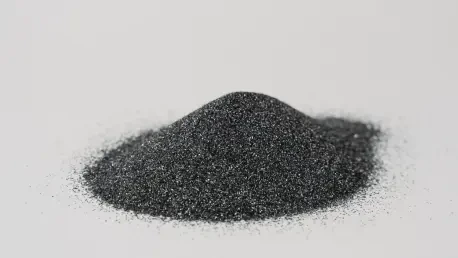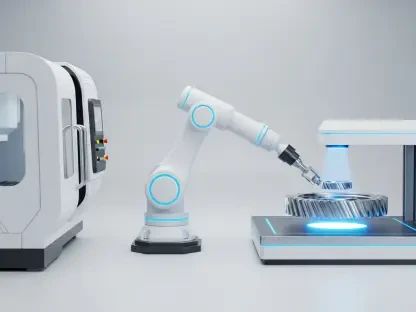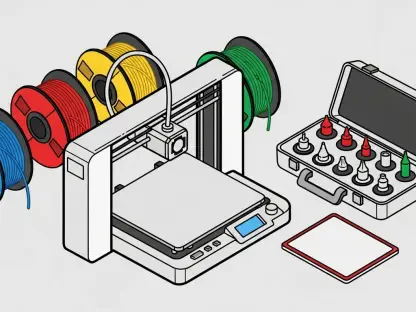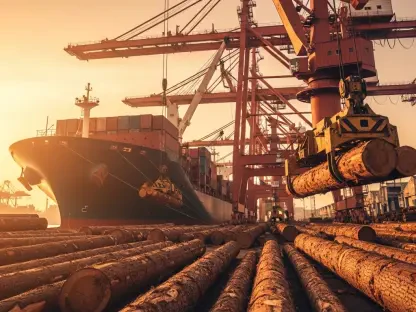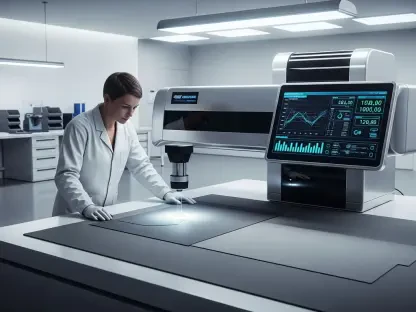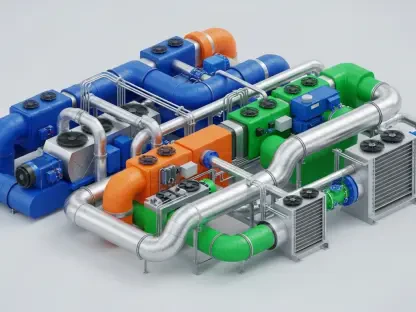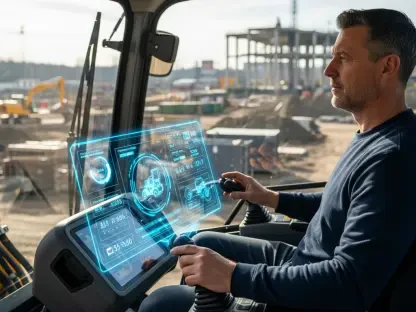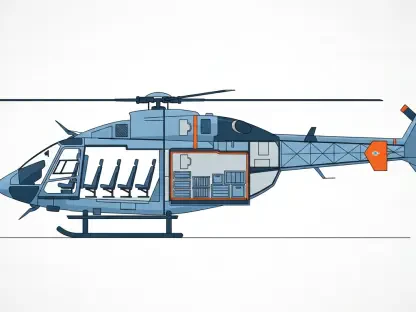In an era where precision and safety define the effectiveness of additive manufacturing, the handling of metal powder becomes a linchpin in ensuring quality outputs. Despite advancements in 3D printing and metal fabrication, the handling and meticulous management of metal powders remain crucial challenges. The collaboration between Sandvik AB and Additive Industries addresses these challenges by refining supply chain logistics, enhancing safety measures, and innovating integration methodologies.
Technology Overview
Sandvik AB and Additive Industries have pioneered advancements in metal powder handling by focusing on improving the supply chain for additive manufacturing processes. The core of their technology lies in a direct filling system that uses a sophisticated Powder Load Tool (PLT) to facilitate the seamless transfer of metal powders such as Osprey 718 nickel-based superalloy, Osprey 316L stainless steel, and Osprey Ti-6Al-4V-ELI titanium alloy. These materials, loaded under precise conditions at Sandvik’s Swedish production facilities, ensure consistency and minimal operator exposure, ultimately maintaining high health and safety standards throughout the process.
The PLT system is central to this innovation, serving as a critical component of the technology. Designed to create controlled environments, the system minimizes exposure to oxygen, moisture, and human interaction. This preserves the powder’s integrity and proves essential in maintaining inert conditions during transport and use. Both partners aim to address these safety and environmental control challenges, showcasing a significant evolution in powder handling technology.
Detailed Analysis and Performance
At the heart of this collaboration is the Powder Load Tool system, critical in safeguarding the quality and safety of metal powders. This system’s design minimizes human exposure and protects the powders from environmental factors such as oxygen and humidity. Such measures reliably maintain the inertness required for high-performance additive manufacturing. Its functionality and performance signify a quantum leap in controlling the distributed pathways of metal powders, offering an efficient solution that aligns with contemporary needs for automation and safety.
The integration of robust safety protocols complements the design of the PLT system, ensuring that metal powder handling aligns with modern standards. Emphasizing controlled conditions and an automated approach reduces the risk of contamination and enhances operational safety. These protocols exemplify an industry shift toward more responsible and sustainable practices, illustrating how automation can seamlessly blend with human oversight to enhance operational reliability.
Recent Advancements and Trends
Recent innovations in metal powder handling reflect a broader commitment to modernizing traditional manufacturing processes through automation and sustainability. The industry is moving away from reliance on plastic by minimizing its use in transportation and storage, echoing contemporary environmental concerns. There is a measurable shift in integrating these advances into broader supply chain frameworks, leading to more sustainable and streamlined operations.
The enhanced automation of processes is transforming industry practices, encouraging a move toward the seamless integration of technology that aligns with environmental sustainability. These shifts indicate how companies prioritize quality control and efficient management, reflecting innovations that contribute to a robust and dependable supply chain. The commitment to responsible practices bears significant potential for influencing future manufacturing landscapes.
Applications Across Industries
These technological advancements influence various industrial applications, including aerospace, automotive, and healthcare sectors. The ability to leverage sophisticated metal powders with precision and safety heralds new opportunities for manufacturing specialized components across these industries. The inherent versatility of this technology facilitates diverse applications, allowing for unique implementations that underline the significance of reliable powder handling methodologies.
In particular, the reduced exposure to metal powders has been crucial in healthcare settings, where contamination risks can have heightened implications. Such manufacturing precision fosters the production of highly specialized components, offering significant benefits in terms of safety and efficiency. The strategies implemented by Sandvik AB and Additive Industries showcase how technologically advanced powder handling can lead to notable progress across diverse fields.
Confronting Challenges
Despite notable progress, metal powder handling technology faces several challenges, including technical hurdles and regulatory concerns. These challenges require ongoing innovation to ensure compliance and meet evolving market needs. Moreover, navigating regulatory landscapes remains critical for manufacturers who must adapt to international standards and directives.
Market dynamics also pose challenges as companies strive to optimize costs while maintaining quality. Efforts to overcome these obstacles focus on refining production processes and enhancing technological frameworks supporting metal powder handling. Overcoming these challenges is crucial to maintaining the competitiveness and sustainability of the manufacturing sector.
Future Prospects and Considerations
The future of metal powder handling technology appears promising, particularly with the anticipated development of more sophisticated systems and practices. The potential for innovation offers exciting prospects, pointing towards breakthroughs that could transform manufacturing processes. Future focuses likely include more refined automation systems and effective management frameworks that can address existing challenges with an eye toward larger industrial impacts.
Continued advancements are expected, reinforced by a commitment to sustainability and efficiency. As manufacturers globally adapt to new technologies, the influence of innovations like those by Sandvik AB and Additive Industries will likely shape the future landscape of additive manufacturing. These continued efforts embody the potential impact of technology on conventional practices, underscoring the importance of ongoing research and innovation.
Final Thoughts
In reviewing the technological advances led by Sandvik AB and Additive Industries, it became evident that metal powder handling has evolved into a domain crucial for the success of additive manufacturing. The partnership efficiently addressed supply chain challenges through innovative approaches such as the PLT system and enhanced automation. These interventions made significant strides in offering safe, efficient, and environmentally conscious solutions.
The collaboration’s achievements illustrate a successful integration of modern technological advancements into established manufacturing paradigms. Future efforts need to maintain this synergy, addressing existing challenges while embracing potential growth opportunities. As the manufacturing landscape continues to transform, insights from this review highlight the importance of strategic innovation and sustainability in shaping industry trajectories.
